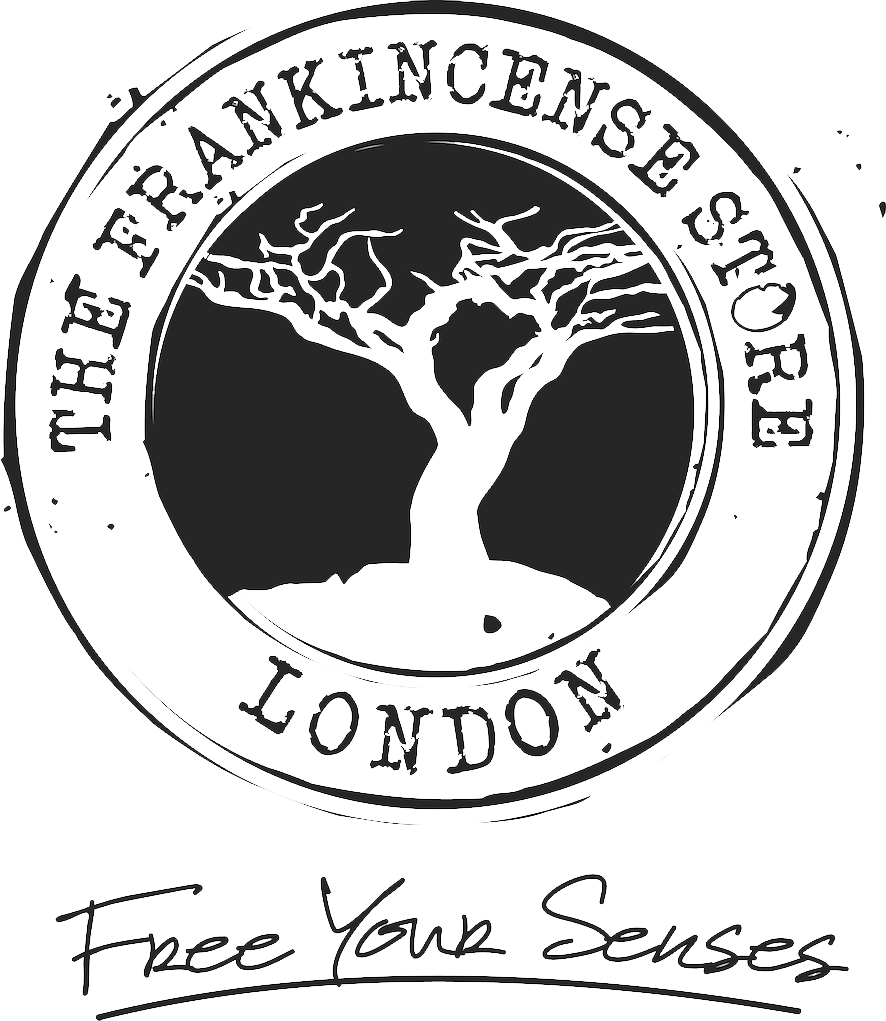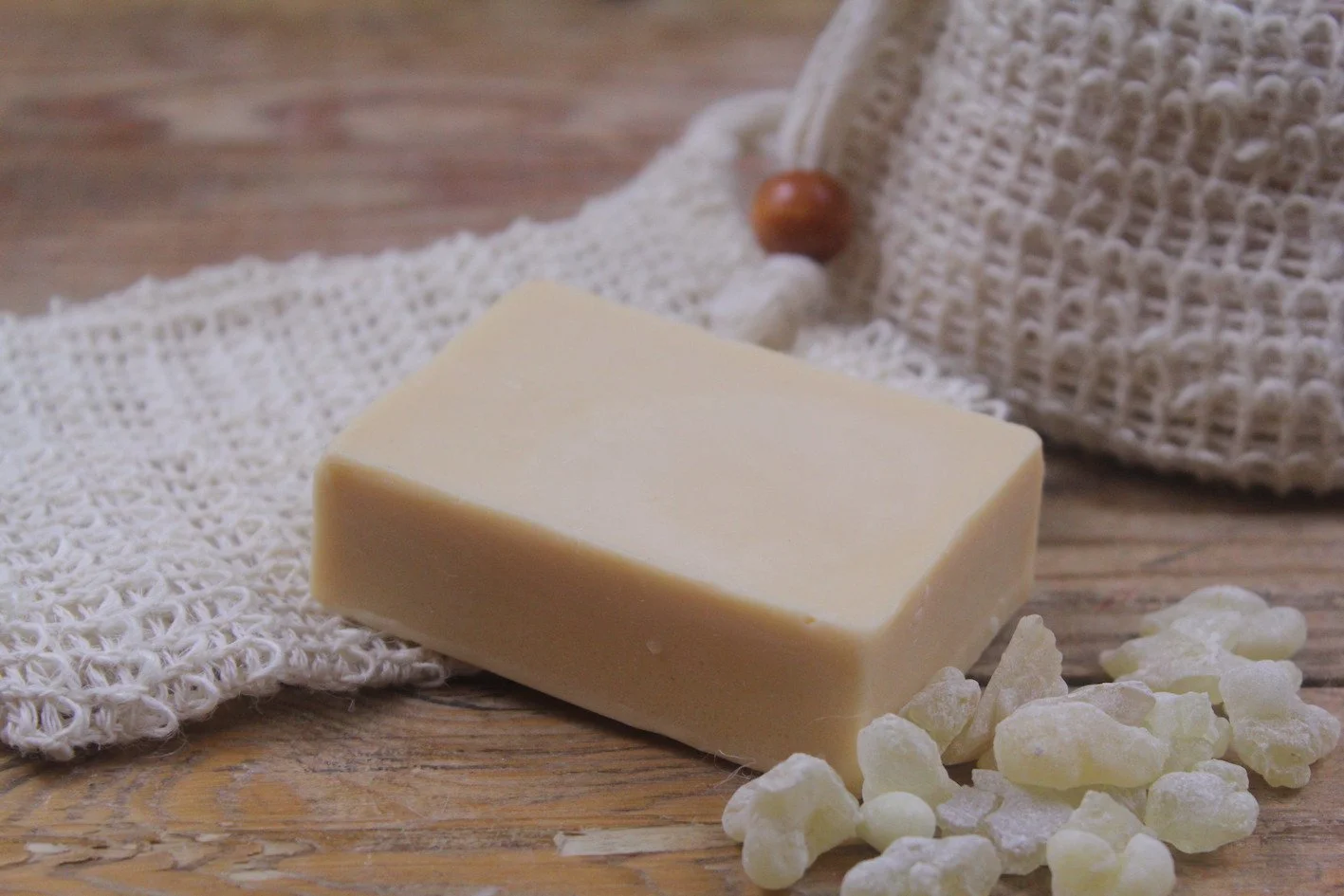Honey
Honey
Frankincense honey is one of the rarest honey on Earth. For every tablespoon of frankincense honey, 250 kg of manuka honey is produced. Frankincense honey can be made by simply adding pure frankincense essential oil or infusing the resin into honey and then consume it as medicine. But there is actually frankincense honey made by honey bees! Not by regular honey bees, Apis mellifera, but by its tiny relative, Apis Florea.
Flowers: Boswellia sacra has tiny flowers of yellowish white, gathered in crowded auxiliary clusters composed of five cream-colored petals, ten stamens and a nectar disk surrounding the ovary. The nectar is sweet enough to attract the local dwarf honey bees and other visitors. The fruit is a capsule that releases its seeds through 3-5 valves.
Nectar: In Oman flowers bloom once per year, in April-May. Flowers of Boswellia sacra (Burseraceae) present a showy nectariferous nectary disc that changes its colour from yellow to orange and red during the flower development. The colours are related to the main period of the stigmatic receptivity, to the dehiscence of anthers with pollen presentation and the nectar secretion. Pollinators preferentially visit the flowers in the “yellow” phase and neglect the “red phase”. This suggests a sophisticated dialogue between the plant and its pollinators. The colour change from yellow to red occurs in less than 24h and it is due to the accumulation of anthocyanins.
Apis florea
Apis florea is a wild honey bee, which can be temporarily kept using traditional methods. Dwarf honey bees combs are raised or kept temporarily by some beekeepers in northern Oman, by hanging the comb containing brood and adults bees (remaining after removal of top honey-containing portion) using two sticks in its original position or in nook or opening in walls in cultivated/farm area close to where beekeeper resides.
How is frankincense honey?
Sweet, rich, slightly piney and floral . The honey is harvested on the mountain wadis of southern Oman. These wadis are where beekeepers place their hives. Frankincense trees represent more than 90% of all the trees present there and dwarf honey bees seem to preferentially seek frankincense nectar and pollen, thus producing a pretty monofloral honey.
Sensory description: sweet with a floral aroma
Moisture: 15.6 %
Electric conductivity: 438.5 μs/cm
pH: 4.6
Acidity:17.11 meq/Kg
Fructose: 40.9 g/100g
Glucose: 29.65 g/100g
Fructose/Glucose ratio: 1.37
Sucrose: 0.79 g/100g
No traces of heavy metals content (copper, arsenic, cadmium, lead, mercury)
(analysis report dated January 2020, conducted at Al Joudah Food Technology
and Trading LLC)
A HPLC Analysis Report performed in august 2020 by Aromatic Plant
Research Center showed the presents of tiny amounts of boswellic acids:
- 3-acetyl-11-keto-beta Boswellic Acid: 0.813 μg/mL
- Alpha Boswellic Acid: 0.201 μg/mL
- Beta Boswellic Acid: 0.800 μg/mL
- Alpha-acetyl Boswellic Acid: 0.416 μg/mL
- Beta-acetyl Boswellic Acid: 0.431 μg/mL
· Beta Boswellic Acid is the most abundant acid in the essential oil and is
reported to be effective as anti-inflammatory/anti-arthritic,
immunomodulatory, anti-tumor, anti-asthmatic and in Chron's disease,
working equally effective when taken orally or applied topically.
Ø Acetyl-11-keto-beta Boswellic Acid was shown to have anti-anaphylactic and mast cell stabilizing activity.
Ø 3-acetyl-β-boswellic acid (AβBA)and alfa boswellic acid (αBA) and other
constituents were shown to have good brain availability.
Certificate of Authenticity view here.







